I thought back to my pre-Amazon Kindle days, that is, before 2007. How did I choose books at the bookstore or the library? That’s when I realized that my process was title first (you can only see the spine initially on a bookshelf). Next I picked it up and looked for a description of the story – on the back of the book, on the book jacket flap, or in the beginning pages of the book. If no blurb was available, I would flip to an arbitrary section of the book and begin to read. If I liked the style after a couple of pages, I would buy the book.
For years now, I have been reading mostly from my Kindle. Spending so much time with my husband waiting in doctors’ offices and in hospitals, it was just easier. However, since he passed and I moved, I was fortunate to move to a place that has a large lending library available. So once again, I was able to enjoy making choices from actual books.
Because I had heard so much about book covers and first impressions as an author, I just took it for granted this approach to choosing books was true for me as well. However, the lending library made me realize that my process may have shifted a bit with the advent of Amazon Kindle and others, but not as much as I thought it might have. The reality is that I still follow the same process I did in my pre-Kindle days.
This got me to thinking about how I choose my eBooks. Truth is the title still claims first place. The book description is second. Sampling content is third. The cover may catch my eye, but it is never the deciding factor for me. So, the cover may make me stop scrolling, but if the title and description don’t hold up, all it did was slow me down for a minute.
A great cover may serve as a good marketing ploy, but it doesn’t necessarily mean that the content is comparable in quality. After all, most covers are not created by the authors of the books.
It’s true that extremely poor covers – pixelated or sloppy – may influence me initially as to the quality of the content. However, if I’ve connected with the title, I will still search out the blurb and sample content.
So, the old maxim “You can’t judge a book by its cover” is true. Covers are designed to make you stop and look. They don’t guarantee anything else.
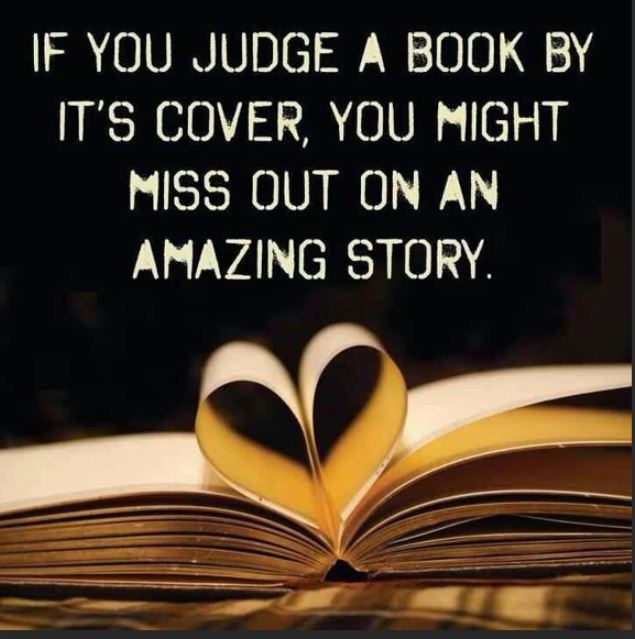
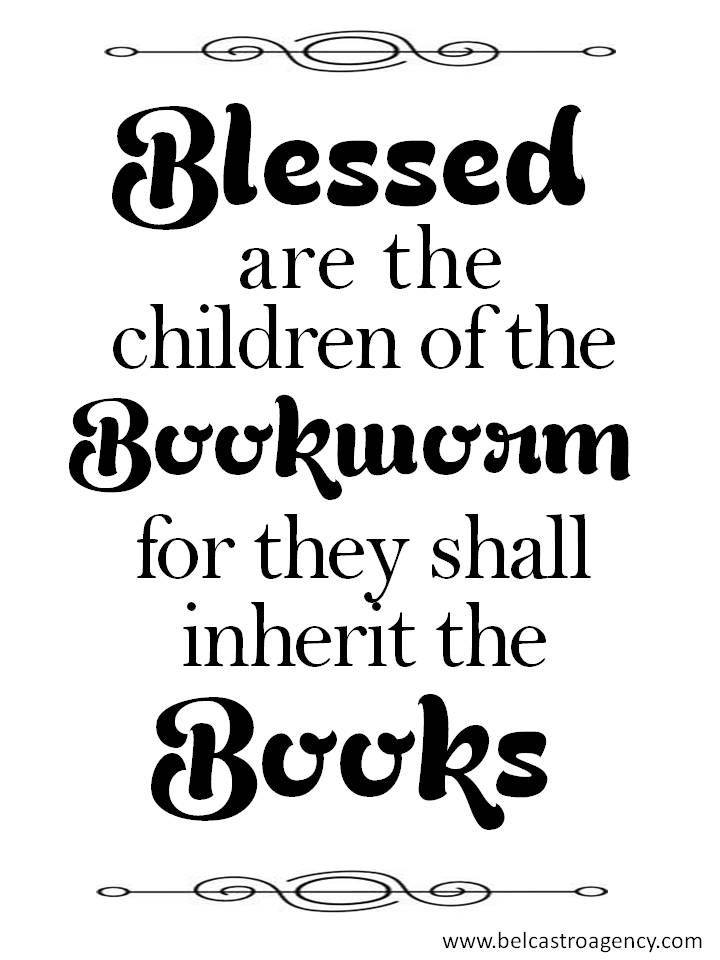
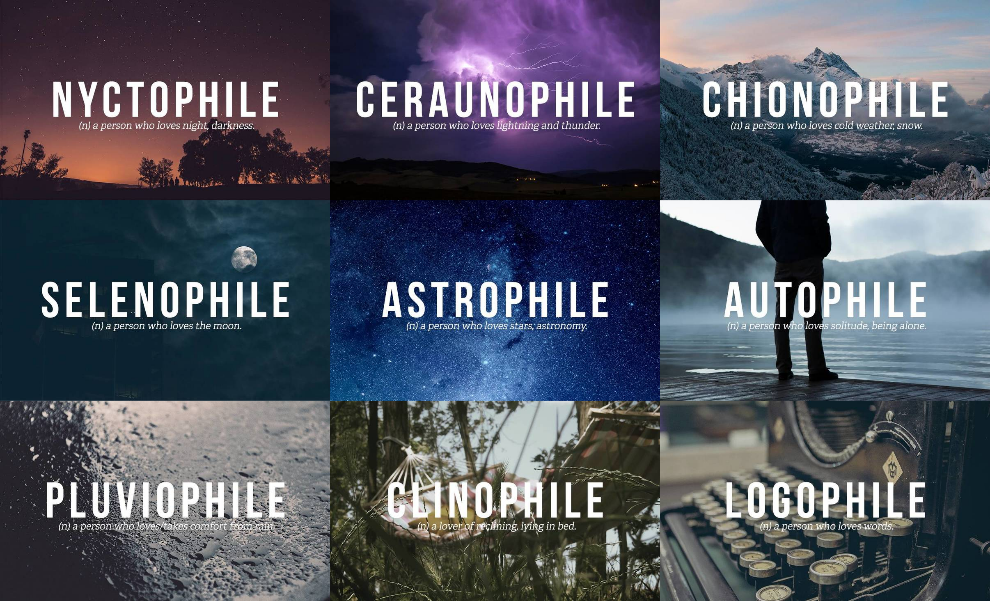
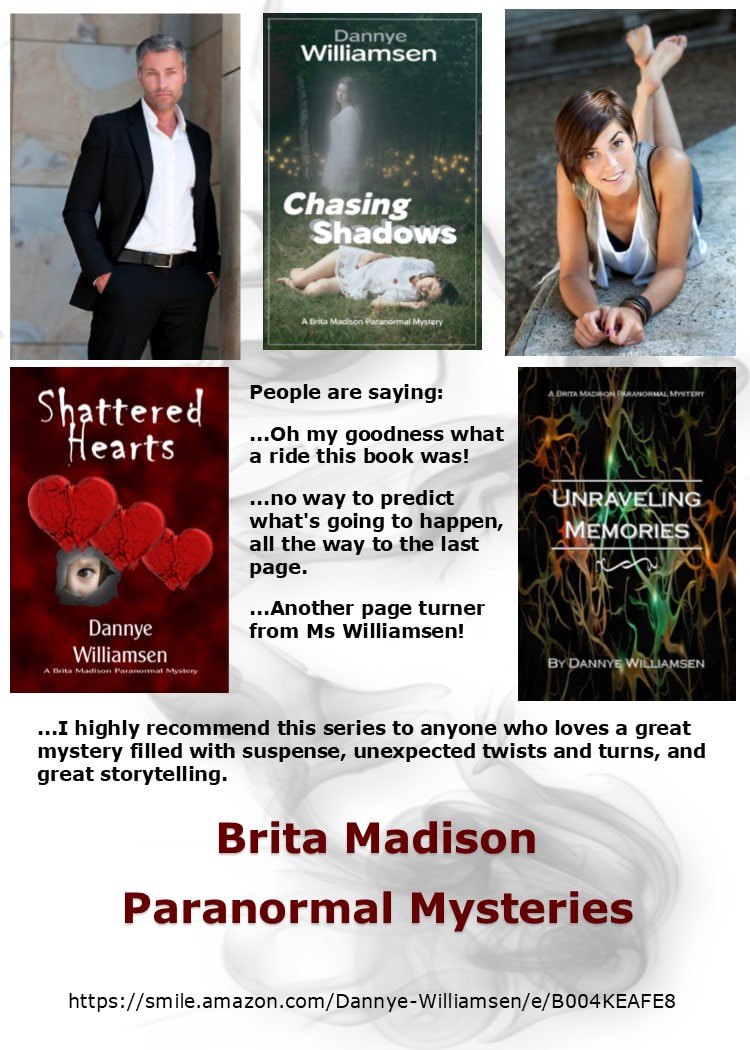
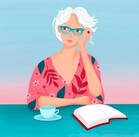
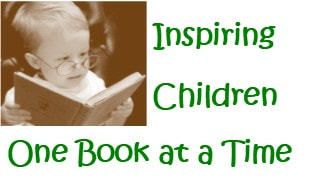

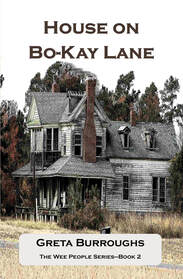

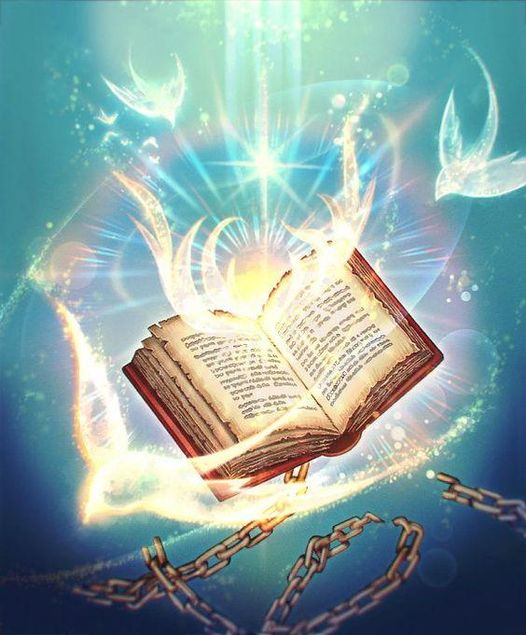
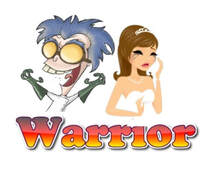
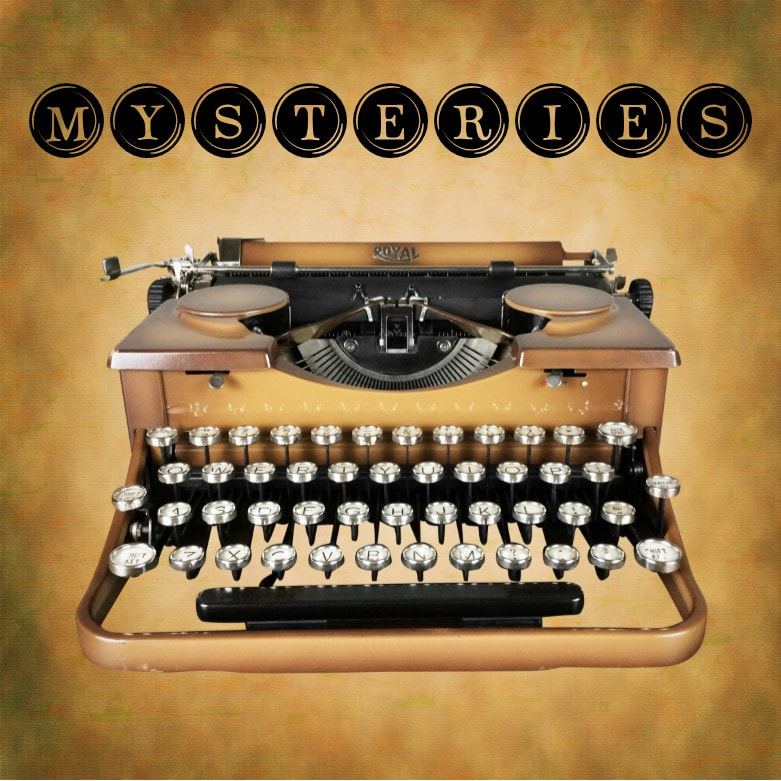
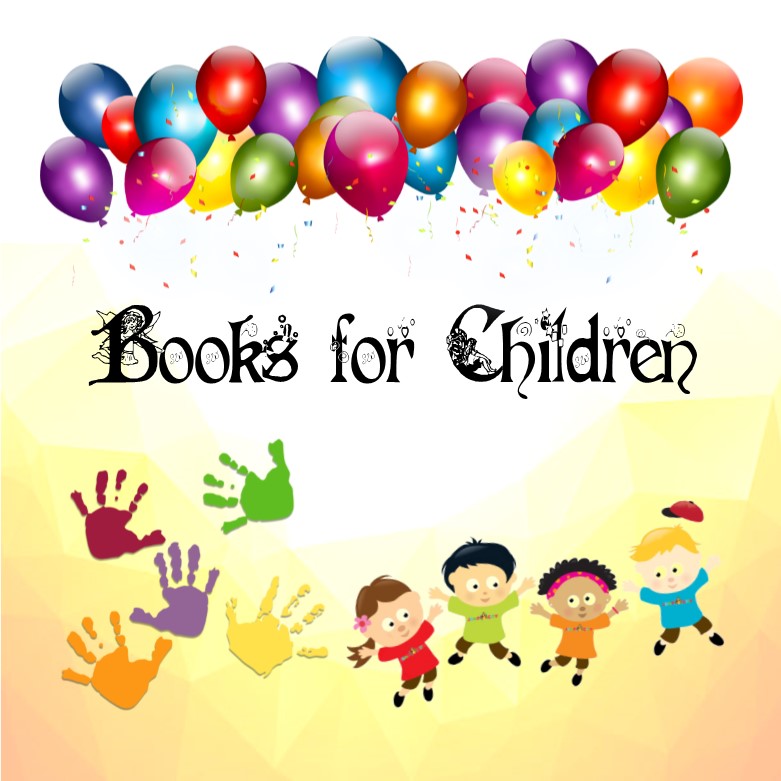
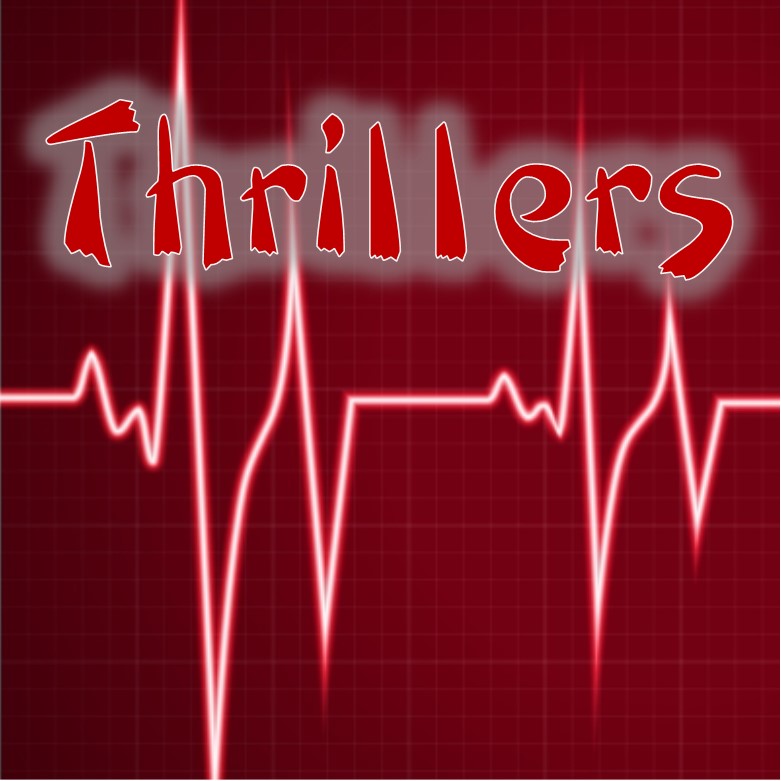
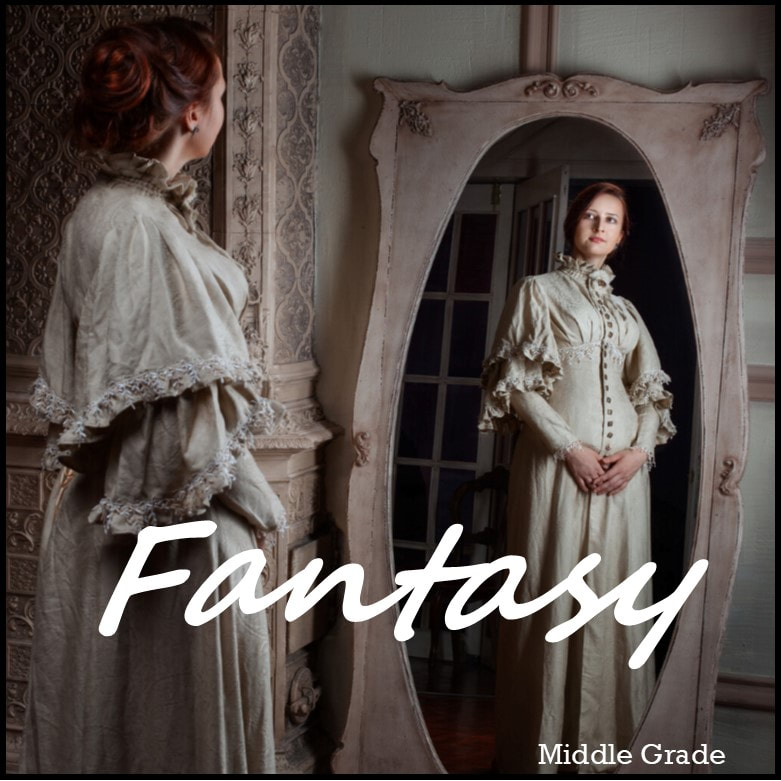
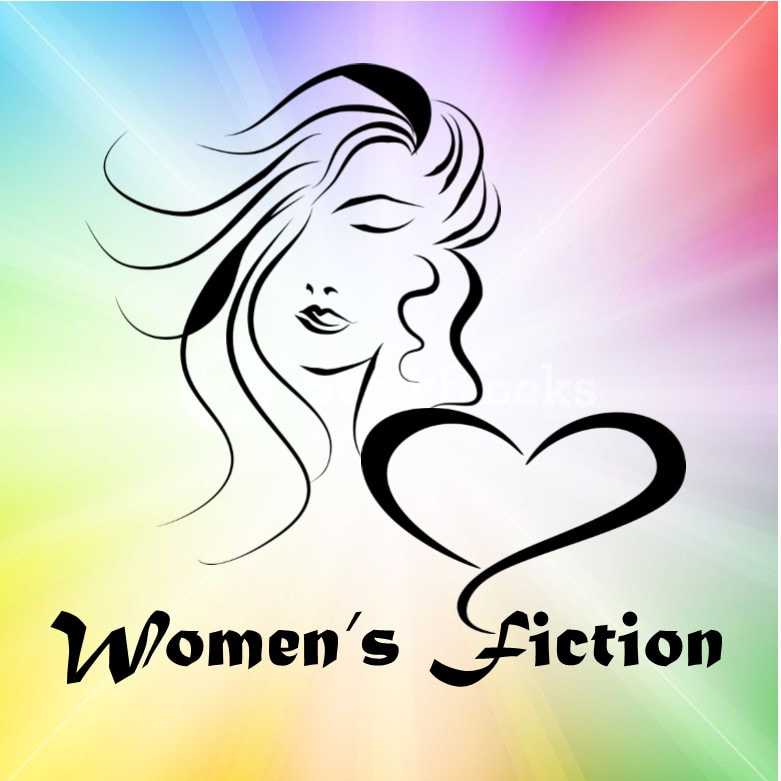
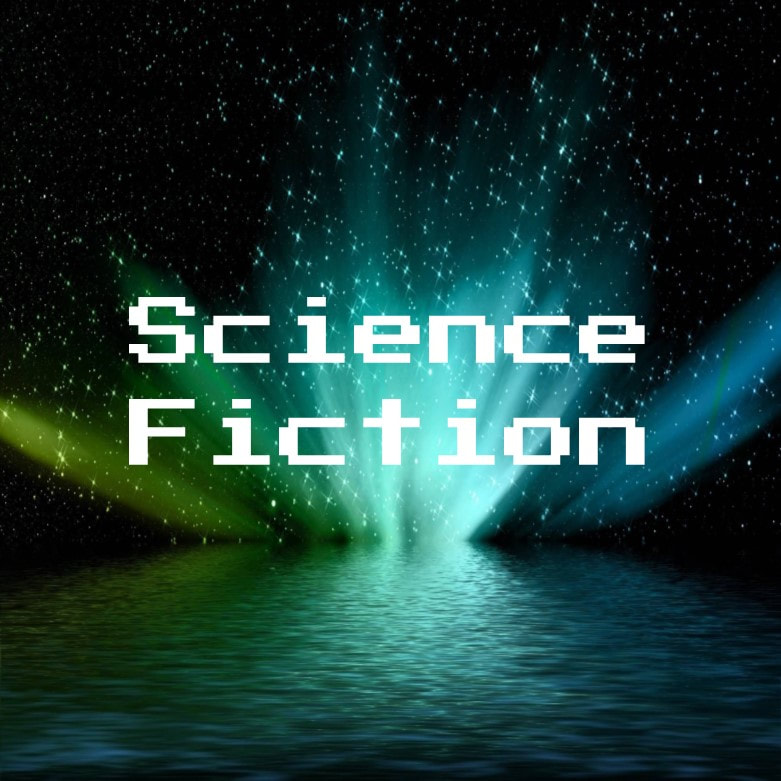
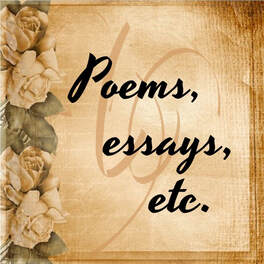


 RSS Feed
RSS Feed